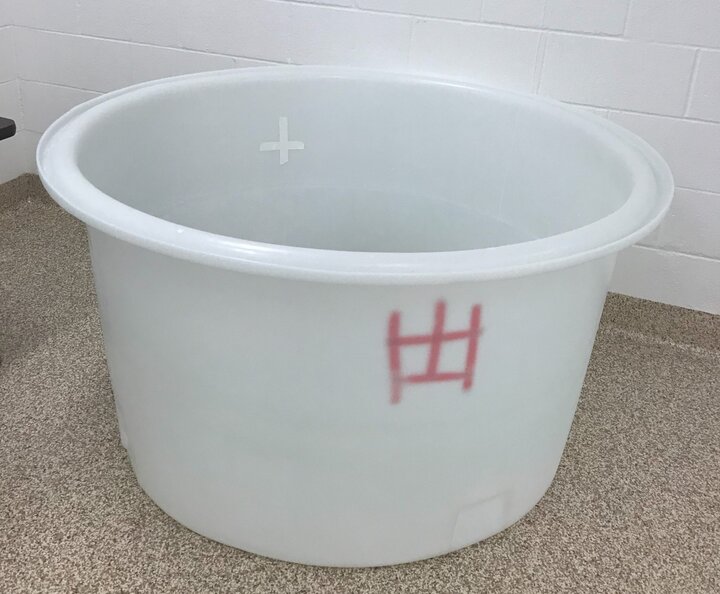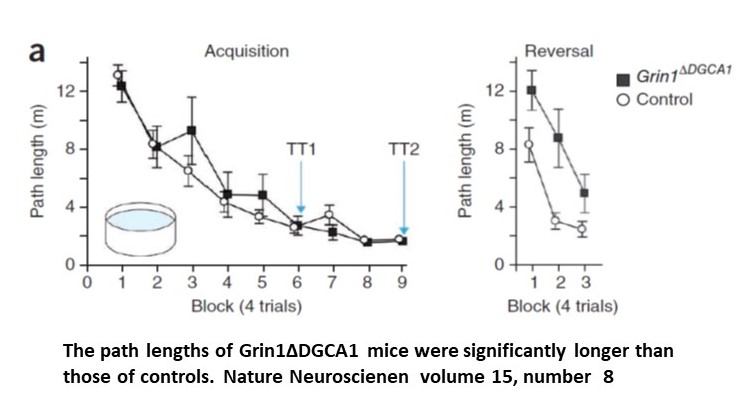The Morris water maze (MWM) is a test of spatial learning for rodents that rely on distal cues to navigate from start locations around the perimeter of an open swimming arena to locate a submerged escape platform. The processes encompass the acquisition and spatial localization of relevant visual cues that are subsequently processed, consolidated, retained, and then retrieved in order to successfully navigate and thereby locate a hidden platform to escape the water. Spatial learning is assessed across repeated trials and reference memory is determined by preference for the platform area when the platform is absent. Water maze has become quite useful for evaluating the effects of aging, experimental lesions, and drug effects, especially in rodents.

Workflow
- The mice are trained using a visible platform/hidden platform version of the water maze task.
- Prior to each training session, mice are removed from their group cages and individually housed in holding cages for the duration of that day's training (approximately 6 h). Investigators are blinded to mouse genotype/treatment throughout training and testing.
- An 8x8 cm clear Plexiglas platform with an attached 7.5 x7.5 x7.5 cm black Plexiglas cube (visible platform) is centered in a randomly selected quadrant of a circular, 92 cm inner diameter polyethylene tank filled with warm water made opaque using white tempura-based paint (DryTemp powder tempura).
- Multiple objects are placed in the testing room to act as distal cues; these cues remain constant through all experiments. In one training block, a mouse is gently transported from its holding cage and released into the water facing the maze wall.
- Swimming paths are videotaped and analyzed using a commercially available software package (EthoVision, Noldus Inc.). The trial ends when the mouse mount the platform with all four paws or if the mouse does not mount the platform after 60 s of swimming. All mice spend 20 s on the platform before returning to the holding cage.
- Following a 1-min rest interval, the mouse is returned to the maze at a different starting quadrant and the above process repeats until all four quadrants have been tested over four trials.
- Each mouse undergoes two blocks of training per day.
- On day 3 (block 5), the visible platform is replaced by an 8 x 8 cm clear Plexglas platform submerged 0.5–1 cm below water level (hidden platform). All mice receive 5 days (10 blocks) of training to the hidden platform. Once all mice complete the final training block, the hidden platform is removed from the maze, and all mice receive a 1-min probe trial starting from the maze location opposite the old platform position.
- Probe trials for two of the cohorts are performed immediately after the final block of hidden platform testing; the probe trial for the remaining cohort is performed 28 days after the final day of hidden platform testing.
Typical data
